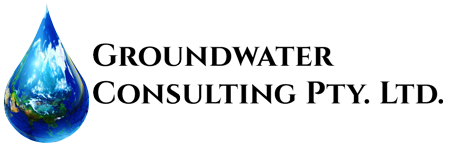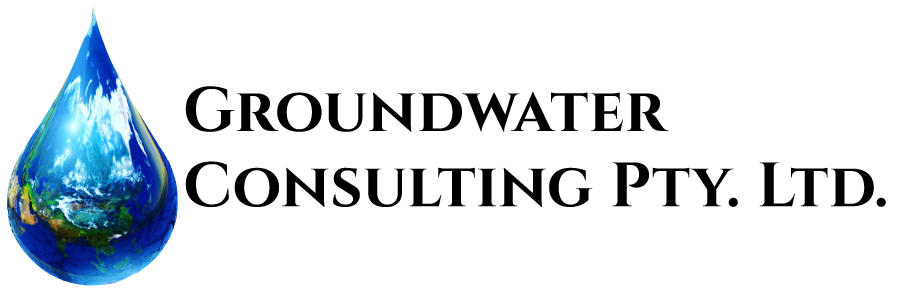Groundwater Modelling
Overview
We undertake projects in:
- Numerical groundwater flow modelling
- Numerical contaminant transport modelling
- Dewatering and depressurisation studies
- Uncertainty modelling using PEST and PEST-IES
- Pit lake modelling
- Tailings seepage studies and modelling
- Groundwater and surface water impact assessments, and impacts on groundwater dependent ecosystems (GDEs)
- Environmental impact assessments
- Water supply investigation and development
- Aquifer test analysis
- Wellfield design and optimisation
- Site water management
- Integrated water-balance modelling
- Compliance monitoring and reporting
- Coding and development of custom water management tools including interactive monitoring dashboards and automated monitoring reports (AARs and weekly/monthly reports)
- Groundwater and surface water monitoring databases.
At GWC, we pride ourselves in our commitment to quality and tailored solutions, while working collaboratively with our clients. We work closely with our clients in a trusted advisor role. We understand that project requirements will vary at different stages of project development, and we have the capability and capacity to grow and respond to any project or client needs. We are flexible and have successfully delivered project through various working arrangements, including semi or full-time secondments into client offices.
Numerical Groundwater Modelling
We understand that models need to be designed to answer specific objectives. We use modelling methods that are adapted to the amount of available data, but flexible enough to be easily refined as new information and become available. We take great pride in providing sustainable, cost-effective solutions for complex and challenging industry problems. 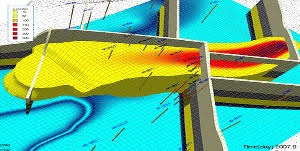
We use the most advanced commercial modelling software available for numerical modelling analysis, including groundwater flow and transport, and saltwater intrusion evaluation in support of groundwater quality and chemistry, remediation, water supply investigations, mine dewatering and impacts associated with dewatering and abstraction. We have proven track record of delivering finite difference modelling projects using MODFLOW codes and finite element modelling using Feflow.
Analytical Solutions
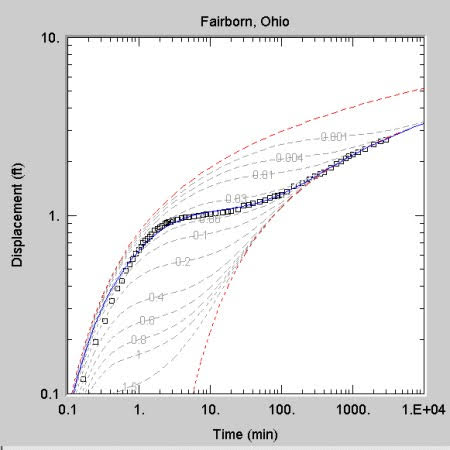 Besides numerical groundwater modelling we also use a suite of analytical solutions including Aqtesolv, AnAqSim and comprehensive spreadsheet solutions that simulate groundwater flow processes, help predict aquifer conditions, define groundwater complexities and provide Order of Magnitude estimates for your project.
Besides numerical groundwater modelling we also use a suite of analytical solutions including Aqtesolv, AnAqSim and comprehensive spreadsheet solutions that simulate groundwater flow processes, help predict aquifer conditions, define groundwater complexities and provide Order of Magnitude estimates for your project.
Leap Frog Modelling
We also build instructive 3D geological and hydrostratigraphic models using Leap Frog to communicate complex hydrogeological project settings to stakeholders (clients, regulators and the community) and to facilitate numerical model development.
Pore Pressure Modelling
Integrating groundwater pressures into slope stability modelling is an evolving process in mine design. Our goal is to carefully match the slope modelling requirements with a proposed dewatering plan.
We provide 2D or 3D pore pressure distributions, in both static or transient conditions, that match the slope geology. We construct our models primarily using unstructured grids, which provides flexibility in the model design. With unstructured grids, the geology and geometry in our models can be represented and modelled in more detail and translated back more accurately to slope modelling such as Slide 2D/3D or RS 2D/3D to ensure geotechnical and hydrogeological domains match each other.
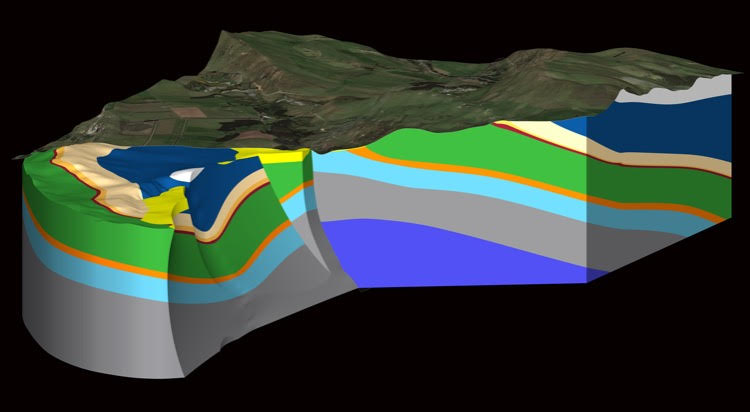
The key focus of our specialists is to understand where the groundwater and geomechanical models need to most accurately interact and what portions of pit slopes are most sensitive to pore pressures, (this will change with time due to natural or induced depressurisation). We use the PEST to quantify risks related to the project and to quantify data uncertainties and resulting limitations of the model. Our approach to uncertainty analysis is designed to access whether acceptable depressurisation rates can be achieved to produce stable slopes or identify the need for more proactive measures, such as enhanced drain installation programmes, drainage adits, etc.

